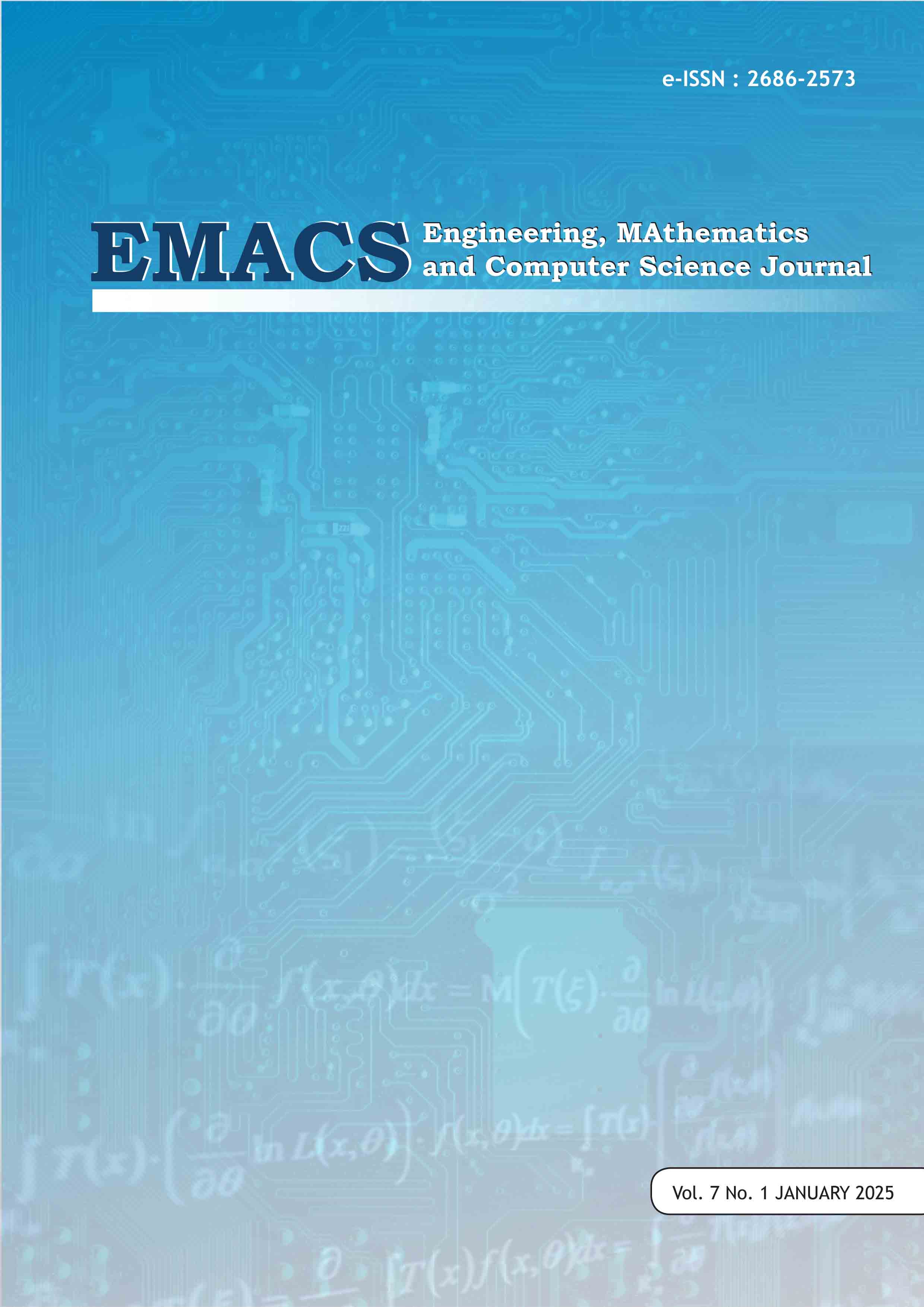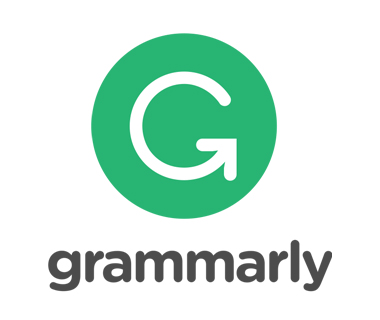Analysis and Design of Employee Attendance System Using QR Code with Webcam (Case Study: PT. Adhicon Perkasa)
DOI:
https://doi.org/10.21512/emacsjournal.v7i1.12085Keywords:
Attendance, recapitulation, QR Code, Employee DataAbstract
Employee attendance is a process of recording employee attendance that is commonly used in companies, where previously all attendance recording was done manually and on a paper basis, so it took time to recapitulate, and allowed human error to occur. The use of technology in recording attendance, such as fingerprint attendance, web-based attendance, Quick Response Code attendance and others, is expected to help in managing attendance data. The aim of this research is to design a Web and Android-based Quick Response Attendance Code Application that can simplify the process of recording employee attendance and recapitulating daily attendance so that the results obtained are more accurate, then the stored data is used to count employees. need for food money per day. The research method is divided into problem identification, an interview approach is carried out with related parties by taking case studies at PT. Adhicon Perkasa. Solution development is carried out by conducting analysis and system design using uses diagrams and other diagrams. The result of this research is the Quick Response Attendance Code Application which can make the attendance process more accurate, minimize human error, and make it easier to recapitulate attendance for calculating daily meal allowances. It was concluded that with this application it is hoped that employee performance can improve because there is no longer a need to make attendance reports manually and the calculation of meal allowances will become more accurate.
References
A. Husain, A. H. A. Prastian, and A. Ramadhan (2017). Perancangan Sistem Absensi Online Menggunakan Android Guna Mempercepat Proses Kehadiran Karyawan Pada PT. Sintech Berkah Abadi. Technomedia Journal, vol. 2, no. 1, pp. 105–116. doi: 10.33050/tmj.v2i1.319.
B. Surachmad, H. Yuana (2021). Perancangan Aplikasi Absensi Karyawan Berdasarkan QR Code Berbasis Android Pada PT. Mandiri Utama Finance. JATI (Jurnal Mahasiswa Teknik Informatika), Vol. 5 No. 2, doi :https://doi.org/10.36040/jati.v5i2.4199
Cahyono, B. T. (2023). Manajemen teknologi digital merdeka belajar. Penerbit Lakeisha.
D. Kurniadi, Y. Septiana, MAY Hanifah (2022). Pengembangan Aplikasi Presensi Karyawan Menggunakan Quick Response Code Berbasis Web dan Android. Jurnal Algoritma, Vol.19 No.1, doi : https://doi.org/10.33364/algoritma/v.19-1.1062
Dennis, A., Wixom, B. H., & Tegarden, D. (2022). Systems Analysis and Design: An Object-Oriented Ap- proach with UML. Wiley
Dennis., Ekawati, Nia. (2021). Perancangan Aplikasi Absensi Karyawan Dengan Menggunakan Kode QR Berbasis Android. Jurnal Comasie, Vol.04 No.02, 107-115
Girsang, N. D. (2021). Laporan Kerja Praktek Perancangan Sistem Informasi Absensi Karyawan dengan QR Code Berbasis Web pada PT Salim Ivomas Pratama Tbk.
I. Nuralif, M. Fachrie (2023). Development of A QR Code-Based Attendance System for Factory Employees. International Journal Software Engineering and Computer Science (IJSECS), Vol.3 No.3, doi : https://doi.org/10.35870/ijsecs.v3i3.1774
MIF Krisbudiana, E Susilo (2023). Employee Attendance Application Using QR Code Android-Based at Eria Hospital Pekanbaru. International Journal of Electrical, Energy and Power System Engineering (IJEEPSE), Vol. 6, No. 1, pp. 113-119, doi : https://doi.org/10.31258/ijeepse.6.1.111-116
O.H. Lengkong, D. H. Fiden, and A. Masrikat (2016). Sistem Informasi Absensi Real-Time di Universitas Klabat. Jurnal CogITo Smart, vol. 2, no. 2, p. 216. doi: 10.31154/cogito.v2i2.31.216-228.
OI. Ogundele, OA. Akinade, AF. Akinsola, EP. Ishola (2023). Development of an Employee Attendance System Using Face Recognition and QR-Code Technology. International Journal for Research in Applied Science & Engineering Technology (IJRASET), Volume 11 Issue III Mar 2023, doi : https://doi.org/10.22214/ijraset.2023.49429
Pressman, R. S., & Maxim, B. R. (2020). Software Engineering: A Practitioner’s Approach. McGraw-Hill Education.
Saied, Syafii (2023). Perancangan dan Implementasi Sistem Absensi Berbasis Teknologi Terkini Untuk Meningkatkan Efisiensi Pengelolaan Kehadiran Karyawan dalam Perusahaan. Jurnal Teknik Indonesia, Vol 2 No.3 Juli 2023, 87-92. Doi : https://doi.org/10.58860/jti.v2i3
Tumanggor, R. P., & Asril, E. (2022). Sistem Informasi Absensi Karyawan Menggunakan Qr Code (Quick Response) Di Pt. Redes Jaya Persada. Jitacs. Journal of Information Technology and Computer Science, 1(1), 20-29.
YI. Kurniawan, AL. Nurjaman, L. Afuan (2021). Sistem Presensi Karyawan Menggunakan Quick Response Code di CV. Jenderal Software. Jurnal Teknologi dan Informasi (JATI), Volume 11 No.2, doi : https://doi.org/10.34010/jati.v11i2.4328
Downloads
Published
How to Cite
Issue
Section
License
Copyright (c) 2025 Ayuliana Ayuliana, Febrian Vingky Nurfitriana, Fadhilah Dirayati

This work is licensed under a Creative Commons Attribution-ShareAlike 4.0 International License.
Authors who publish with this journal agree to the following terms:
- Authors retain copyright and grant the journal right of first publication with the work simultaneously licensed under a Creative Commons Attribution License - Share Alike that allows others to share the work with an acknowledgment of the work's authorship and initial publication in this journal.
- Authors are able to enter into separate, additional contractual arrangements for the non-exclusive distribution of the journal's published version of the work (e.g., post it to an institutional repository or publish it in a book), with an acknowledgment of its initial publication in this journal.
- Authors are permitted and encouraged to post their work online (e.g., in institutional repositories or on their website) prior to and during the submission process, as it can lead to productive exchanges, as well as earlier and greater citation of published work.
USER RIGHTS
All articles published Open Access will be immediately and permanently free for everyone to read and download. We are continuously working with our author communities to select the best choice of license options, currently being defined for this journal as follows: Creative Commons Attribution-Share Alike (CC BY-SA)





